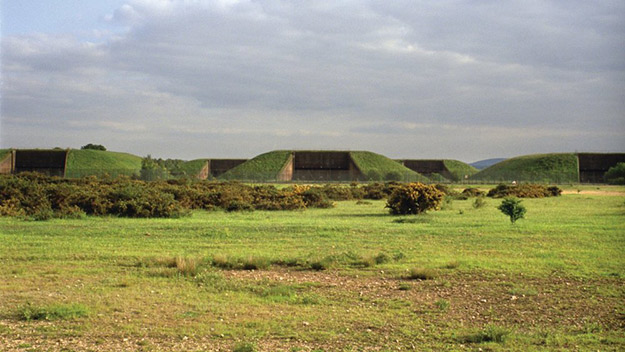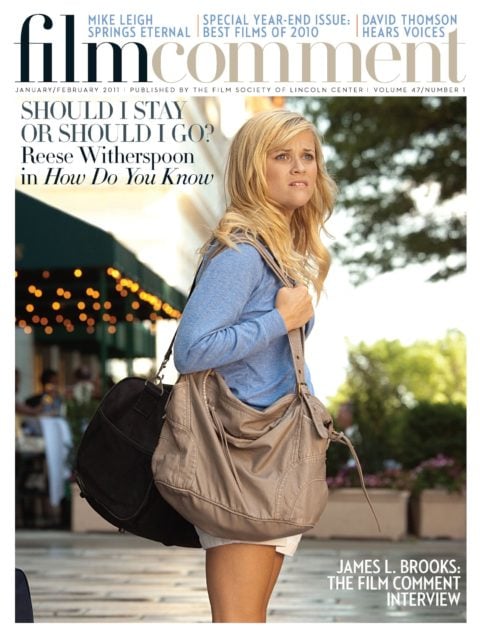
Some films, particularly in the nonfiction category, can be seen as omens—cautionary tales for current and/or future generations. Some of these, in turn, appear as if they were made as advisories for extraterrestrials. Chris Marker’s Sans Soleil and Michael Madsen’s Into Eternity are prime examples. Patrick Keiller’s Robinson in Ruins, the third of his “Robinson” trilogy, follows the British director’s singular strategy: heady voiceover accompanies (gorgeous) fixed-frame shots of locations and landscapes—and a few macro compositions—yielding a discursive narrative whose “characters” remain unseen. (Psychogeography or metanature would be salient terms.)
On one level, the film concerns the eponymous Robinson, a man who, upon release from prison, sought out “somewhere to haunt . . . equipped with an ancient ciné-camera, with which he made images of his everyday surroundings.” The film’s narrator (Vanessa Redgrave) speaks of Robinson’s mysterious disappearance in 1995, and how her subsequent encounter with a “co-researcher” at a documentary festival in China led to the assembly of Robinson’s footage—material that had been discovered, with a detailed set of notes, in a camping van abandoned in a field.
As the high-concept travelogue proceeds, multiple subjects are explored including climate change, feeding the world, the ongoing economic and the looming energy crises, and, of perhaps greatest significance, the extinction of myriad species. Variety’s grim distribution forecast designates Robinson as “super-niche,” thereby consigned away as festival marginalia—which is regrettable. In the final analysis, not only is this elegiac work filled with paradoxical hope for humanity’s future, it’s also an encouraging sign of life—an indication of the robust health of documentary art.








